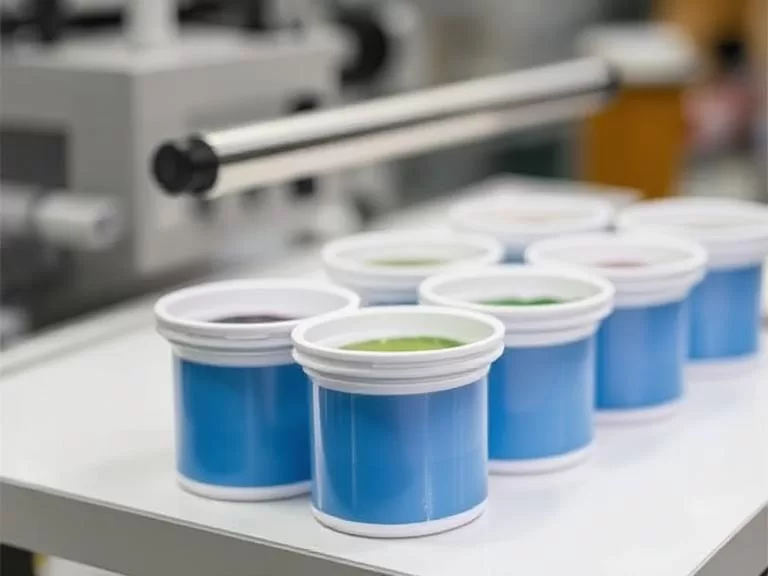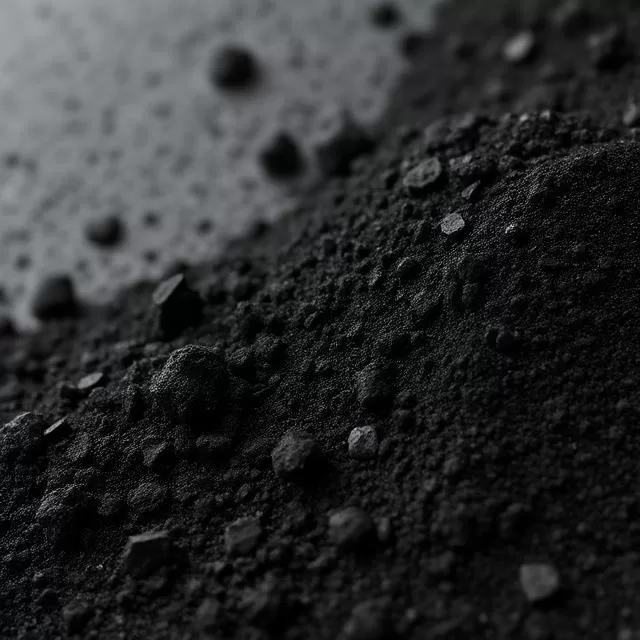Table of Contents
- Introduction
- What is Masterbatch?
- 5 Key Composition of Master Batch
- Types of Masterbatches
- Company Spotlight: Charming Masterbatch
- Summary Table
- FAQs
- References
Introduction
The composition of master batch plays a critical role in defining the performance, color, and functionality of plastic materials. Whether you are in packaging, textiles, or automotive industries, understanding how each ingredient contributes to quality and consistency helps in choosing the right solution for your production.
This article explores the five major compositions of master batch, their purposes, and the technological innovations driving this essential component of polymer production. We also feature Charming Masterbatch, a leading innovator in the masterbatch industry with decades of experience and advanced technology.

What is Masterbatch?
A masterbatch is a solid additive mixture used in plastics manufacturing to color raw polymer or impart specific properties such as UV resistance, flame retardance, or antimicrobial function. It is typically composed of pigments, carriers, and functional additives.
The composition of master batch ensures the even dispersion of pigments or additives into the base polymer, providing consistent color and performance across production batches.
5 Key Composition of Master Batch
1. Carrier Resin
The carrier resin forms the base matrix of the masterbatch. It ensures compatibility between the additives and the polymer being processed. Common carriers include polyethylene (PE), polypropylene (PP), and polystyrene (PS). The carrier must have similar melting and processing characteristics to the final polymer to maintain homogeneity.
2. Pigments and Dyes
The coloring agents—whether organic or inorganic pigments—are the heart of color masterbatch. They determine the final appearance, brightness, and opacity. Organic pigments offer vivid hues, while inorganic ones deliver heat resistance and stability.
3. Additives
Additives enhance the performance of plastic products. Depending on the application, additives may include:
- UV stabilizers – Protect against sunlight degradation
- Flame retardants – Reduce flammability
- Antistatic agents – Prevent static charge buildup
- Antimicrobial agents – Inhibit bacterial growth
4. Dispersing Agents
Dispersing agents help uniformly distribute the pigment or additive within the carrier resin, ensuring even coloration and preventing clumping. The right dispersant is crucial to achieving consistent results and high-quality finishes.
5. Processing Aids
Processing aids improve flow, reduce friction, and enhance the mixing of materials during extrusion or molding. They ensure smooth manufacturing and reduce machine wear while improving the surface finish of the final product.
Together, these five components form the foundation of the composition of master batch, balancing performance, processability, and cost-effectiveness.
Types of Masterbatches
着色母粒

Designed for aesthetic appeal, color masterbatches are used in consumer goods, packaging, and fibers. Each formulation depends on pigment strength, lightfastness, and compatibility with specific polymers.
White and Black Masterbatch

White masterbatches contain high concentrations of titanium dioxide (TiO₂) for brightness and opacity, while black variants use carbon black for UV protection and uniform color saturation.
功能母粒
Functional masterbatches integrate specialized additives that modify polymer properties. Examples include:
- Antimicrobial masterbatch
- Flame-retardant masterbatch
- UV-stabilized masterbatch
- Antistatic masterbatch
Filler Masterbatch
Filler masterbatches are cost-effective solutions containing calcium carbonate (CaCO₃) or talc. They improve stiffness, opacity, and reduce the cost of polymer production.
Company Spotlight: Charming Masterbatch

About Charming Masterbatch
Charming Masterbatch is a renowned name in the masterbatch industry, leveraging advanced twin screw machines from Germany and decades of pigment dispersion expertise. Their commitment to quality, creativity, and customer satisfaction makes them a leader in global masterbatch solutions.
Global Reach and Expertise
Charming Masterbatch is well established in the Chinese market and exports to Europe, South America, Southeast Asia, the Middle East, and North Africa — reaching over 18 countries worldwide.
Services and Product Line
- 着色母粒 – For vibrant, durable coloration
- Fiber Filament/BCF/Nonwoven Film/Plastic – Tailored for specific polymer applications
- 功能母粒 – Includes antimicrobial, antistatic, flame retardant, and UV stabilizer types
Technical Excellence
Beyond products, Charming Masterbatch provides comprehensive technical support and individual development collaboration to help clients overcome manufacturing challenges and develop innovative solutions.
By sharing technology and innovation, Charming ensures sustainable growth and long-term partnerships in the masterbatch industry.
Summary Table: Composition and Function Overview
| Component | Function | Example |
|---|---|---|
| Carrier Resin | Base for uniform dispersion | PE, PP, PS |
| Pigments/Dyes | Provide color and visual appeal | Organic/ Inorganic pigments |
| Additives | Enhance functional performance | UV stabilizers, Antimicrobial |
| Dispersing Agents | Improve pigment distribution | Stearates, waxes |
| Processing Aids | Facilitate smooth production | Lubricants, flow enhancers |
Frequently Asked Questions (FAQs)
1. What determines the quality of a masterbatch?
The quality of a masterbatch depends on the purity of pigments, compatibility of the carrier resin, and uniform dispersion achieved during processing.
2. Can masterbatch compositions be customized?
Yes. Manufacturers like Charming Masterbatch offer tailor-made formulations for specific color, polymer type, or functional requirements.
3. What is the difference between color and functional masterbatch?
Color masterbatches add aesthetic properties, while functional masterbatches enhance material performance—such as UV resistance or flame retardancy.
4. How does carrier resin affect the end product?
Choosing the right carrier resin ensures proper bonding between additives and base polymer, improving product consistency and strength.
